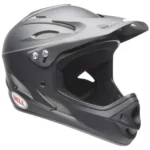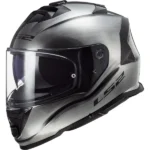How To Ride An Electric Scooter: For Beginners To Advanced Riders

Electric scooters have emerged as a popular and practical mode of urban transportation, offering a blend of convenience, eco-friendliness, and thrill. Whether you’re a novice exploring the world of electric scooters or an experienced rider seeking to enhance your skills, understanding the fundamentals of safe riding, proper maintenance, and legal considerations is crucial. This comprehensive guide dives into everything you need to know about riding an electric scooter, from selecting the right safety gear to mastering essential techniques for steering, braking, and accelerating. By the end, you’ll be equipped with the knowledge to ride confidently and responsibly, ensuring a smooth and enjoyable experience on your electric scooter.
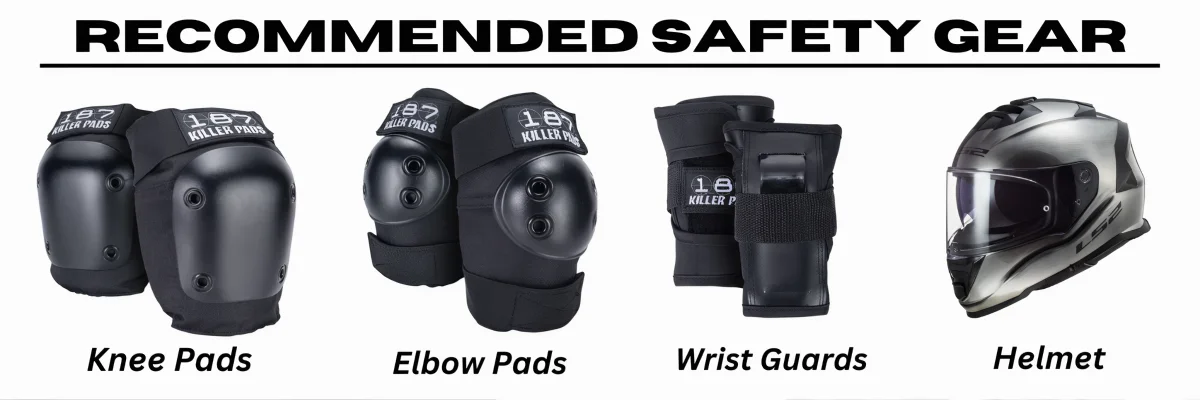
Electric Scooter Safety Gear
Riding electric scooters comes with risks, so it’s vital to prioritize safety to avoid accidents. These scooters have smaller wheels than bicycles, making them more vulnerable to bumps or unexpected obstacles like squirrels darting across your path. In case of a fall, your hands are the first line of defense, followed by knees and elbows. That’s why wearing the right safety gear is crucial. The size and speed of your scooter determine what gear you need—from basic protection for casual rides to more robust gear for faster speeds.
-Under 20mph
If your electric scooter tops out at 20mph or less, prioritize safety with essential gear. Begin with a sturdy bike helmet, paired with jeans and closed-toe shoes—no sandals allowed unless you want to risk injury. Bike helmets are designed to withstand crashes at speeds up to 20mph, providing basic protection. For added safety, consider elbow and knee pads, like the reliable 187 killer pads, especially for your early rides as you adjust to the scooter. Even if pads aren’t your choice, opt for jeans to shield your knees in case of a fall.
-Under 30mph
As you move up to electric scooters reaching speeds of 30mph, elevate your safety measures. Replace the bike helmet with a full-face helmet offering chin protection. Consider BMX-style full-face helmets for better ventilation and comfort, unlike restrictive motorcycle helmets. Now that you’re cruising faster than 20mph, safeguard yourself with knee and elbow pads—essential gear for protection, along with riding gloves that shield your palms in case of a fall. Remember, your hands are crucial for breaking falls!
-40mph And Above
Riding electric scooters capable of speeds over 40mph demands comprehensive safety precautions. Equip yourself with top-tier safety gear: the LS2 Assault Full Face Motorcycle helmet, 187 killer pads for knees and elbows, riding gloves with palm and knuckle protection, sturdy jeans, and closed-toe shoes is what I wear when I ride anything this fast. At cooler times of the year in Florida where I live, I add a full riding jacket with integrated chest and back padding for enhanced safety during high-speed rides.
Eye Protection
Beyond 20mph, protect your eyes from debris and insects, which pose serious hazards. Flying bugs at 20, 30, or even 40mph can impair vision, compromising your ability to ride safely. Opt for sunglasses, clear safety glasses, or a helmet with a front face shield to shield your eyes. Note that many BMX-style full-face helmets lack front face shields, requiring additional eye protection like sunglasses or clear safety glasses. Pro Tip: Avoid riding at dusk when insects are most active to minimize risks.
Kick Start vs Zero Start
Electric scooters these days usually come with either kick start, zero start, or an option for both. The kick start option can be seen as a safety feature, especially for new or young riders. Let’s break down what each one means and the benefits of each.
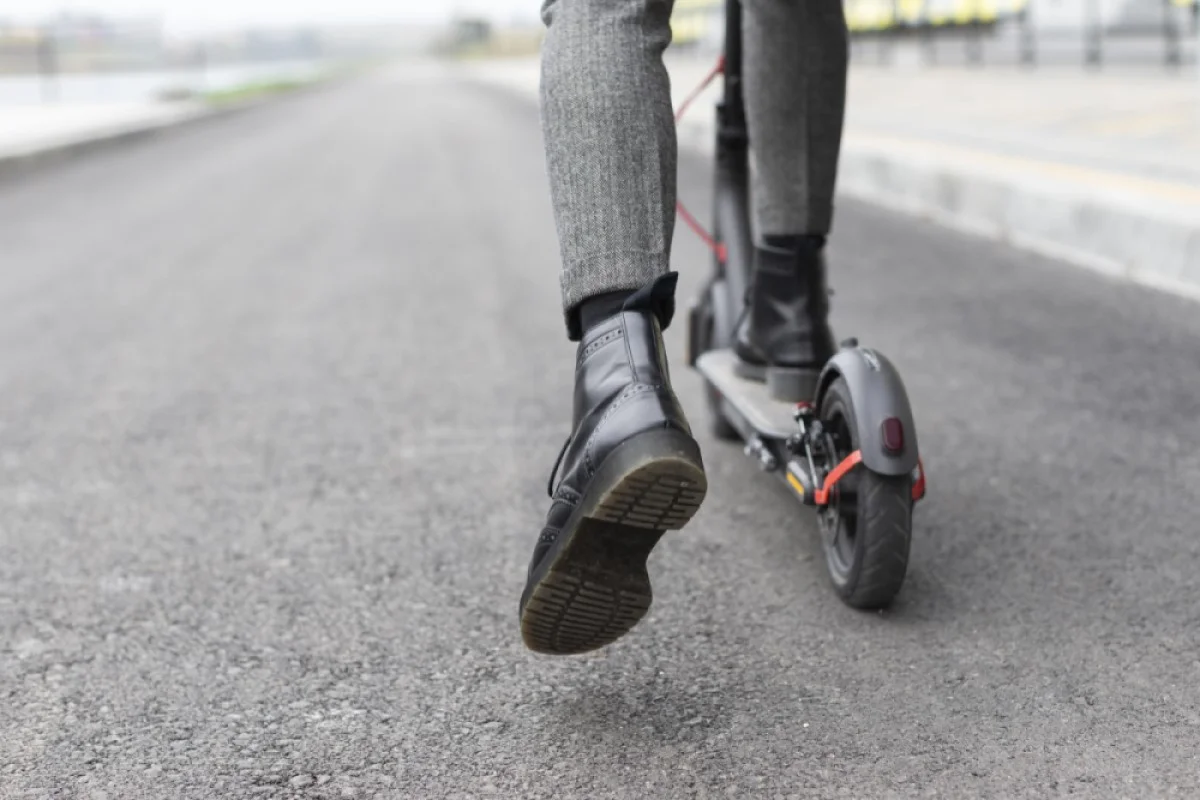
Kick Start
With kick start, you need to manually push off with your foot until you reach at least 1-2mph. Only then will the motor engage, provided you’re holding the throttle. This mode prevents you from accidentally pressing the throttle when you are stopped preventing the electric scooter from shooting out from between your legs and hitting someone or something like a vehicle. Trust me, I’m speaking from experience. The kick start is the safest option, especially for beginners and young riders.
Zero Start
Zero start allows you to press the throttle from a standstill, engaging the motor immediately without needing to kick off. While this is more convenient, it’s riskier, particularly if kids are around and unaware that pressing the throttle will make the scooter go. I prefer zero start for its ease, but even experienced riders can make mistakes.
Choosing Your Mode
Most electric scooters let you choose between kick start and zero start. If you are new to electric scooters or are a parent who bought this for their child, I would start in kick start mode. That way there are no surprises. When you are ready you can change to zero start which is usually adjustable in the P-Menu settings. This semi-hidden menu lets you tweak major settings. Be cautious and consult your instruction manual or the OEM to ensure you change these settings correctly.
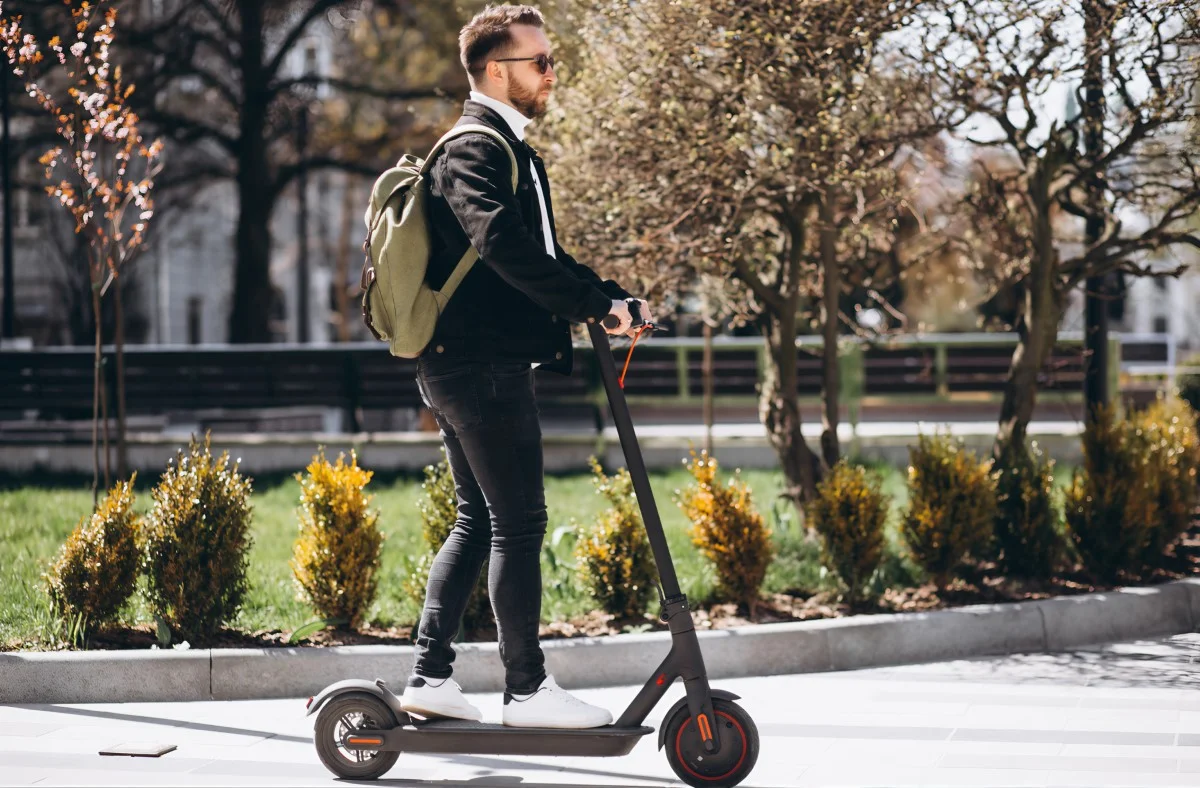
How To Stand On An Electric Scooter
How you stand on your electric scooter can greatly affect your ride. It may seem trivial, but standing the wrong way can lead to instability and crashes. Here are some tips to help you stand safely. Scooter experts, Levy electric wrote a nice tutorial and below is a summary with a few of my own personal pointers.
- Feet Position: Never stand with your feet parallel, facing front to back. Instead, turn your feet sideways across the deck and spread them about shoulder-width apart. This distributes your weight properly, giving you better control and stability while steering. Also don’t forget to bend your legs slightly at the knees which provides some cushion for your upper body when you go over bumps.
- Adjust for Speed: If you’re riding faster than 25mph, you need to change your feet position. Place one foot (whichever feels comfortable) pointing towards the front wheel and all the way forward on the deck. Put your other foot on the kick plate behind the deck, with your toes pointed down and your heel up. Bend your knees slightly to cushion bumps. This stance centers your weight over the scooter’s mass, which can be up to 90lbs or more, and helps you lean into turns more easily at high speeds.
Always Grip with Both Hands
Electric scooters have much smaller wheels than bikes, making them more dangerous if not handled properly. Using both hands at all times is crucial for maximum control over the scooter’s steering, acceleration, and braking. If you try any of these with just one hand, you’re asking for trouble… Trust me on this.
Imagine cruising down the street, wind in your hair, and suddenly you hit a bump. If you’re holding on with one hand, you’re likely to lose control. Even a slight swerve can turn into a big problem. Holding on with both hands ensures you can react quickly and keep the scooter steady.
Beware Of The Speed Wobbles
If you’re new to electric scooters, beware of “The Speed Wobbles.” This happens when some scooters start wobbling violently at higher speeds. It feels like the handlebars are shaking out of control, and it can be terrifying. If you’re not holding on with both hands, this can lead to a nasty crash. Keeping both hands on the handlebars helps you maintain stability and control, reducing the risk of these wobbles turning into a fall.
Always use both hands to prevent accidents. Even if you have an itch on your nose, resist the temptation to scratch it until you slow down to a safe speed of 5-10mph or less. It’s a small inconvenience compared to the potential danger of riding one-handed. Plus, using both hands means you’re ready to brake or steer suddenly if needed. Remember, safety first!
If you want to learn more about how to prevent speed wobbles check out this Quora Page
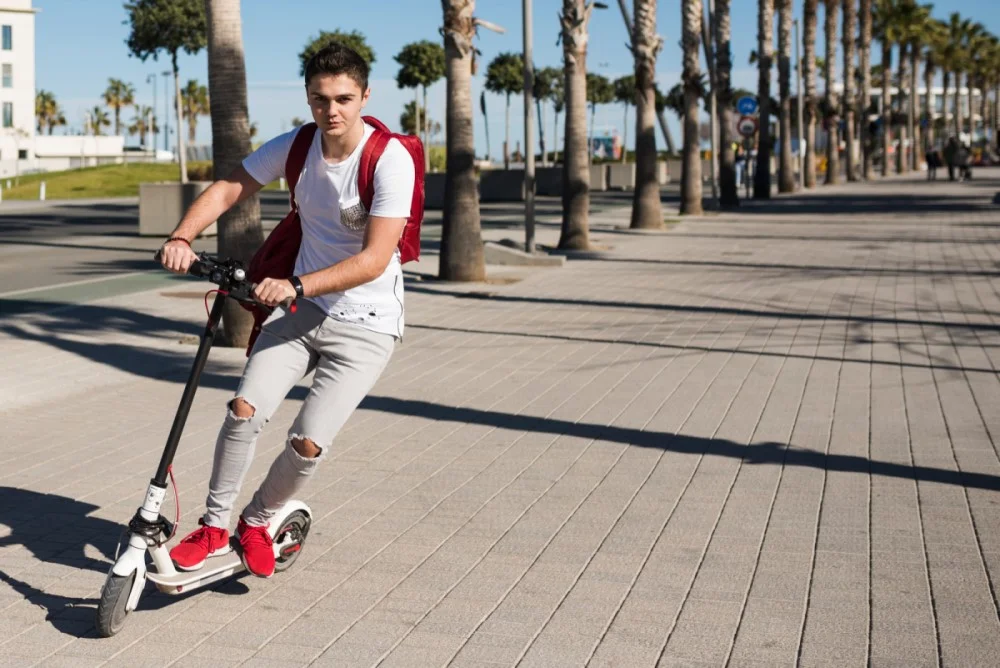
How to Steer an Electric Scooter
Steering might seem straightforward, but there’s more to it than you might think. At low speeds, you can turn the handlebars to steer, controlling the direction of the front wheel. This is pretty simple and works well when you’re cruising at a relaxed pace. However, when you start picking up speed, especially over 5-10 mph, steering becomes a bit more complex.
When you’re going faster, it’s more effective to lean into turns. This method engages your core muscles and shifts your weight to the appropriate side, helping you change direction smoothly while maintaining control of the scooter. Just like riding a bike, leaning into your turns helps you navigate curves and bends without losing balance.
But be careful! Don’t push the scooter too far. Learning the limits of your electric scooter is crucial to avoid accidents. If you lean too much or turn the handlebars abruptly at high speeds, you risk sliding out or losing control. It’s important to practice and get a feel for how your scooter handles different speeds and turns.
Expert Tip:
When going through sand on the sidewalk, don’t try to turn or accelerate. Sand can be tricky and slippery. Just hold on with both hands until you get through the sand, then resume turning or accelerating. This will help you maintain control and avoid unexpected slips or falls.
Remember, mastering the art of leaning and shifting your weight is key to effectively steering your electric scooter, especially at higher speeds. Practice in a safe, open area until you feel confident with your scooter’s handling.
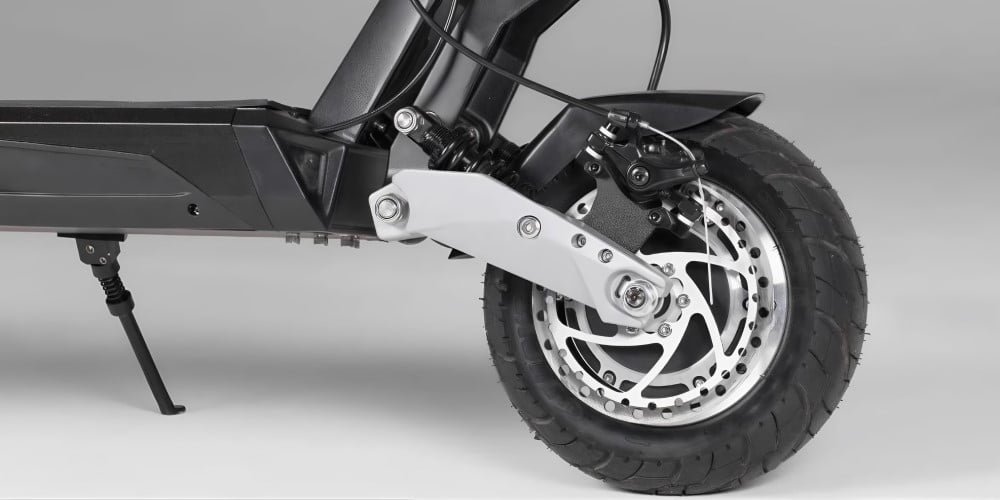
How to Brake Safely on an Electric Scooter
Braking on an electric scooter isn’t always as simple as it seems. At slower speeds, like 10 mph and below, it’s much like braking on a bicycle: you slowly press the brakes until you come to a complete stop. But when you’re riding faster, especially over 30 mph, you need to use a specific technique to stop safely.
First, shift your weight backward towards the rear of the scooter. This prevents you from flying over the handlebars when you press the brakes. At the same time, gently press on both brake handles, increasing pressure as needed. If you can’t press both brake handles, focus on the rear brake. This method ensures you won’t go over the front handlebars.
Your first semi-hard brake at high speed will show you the importance of leaning back. This technique keeps you centered on the scooter while it’s trying to pull you forward as it slows down. It’s a balance of shifting your weight and applying the brakes smoothly to ensure a safe and controlled stop.
Expert Tip:
Always practice braking techniques in a safe, open area before hitting busy streets. This helps you get familiar with how your scooter responds to different speeds and braking pressures.
How to Accelerate on an Electric Scooter Safely
We just talked about how to brake safely on an electric scooter, but there’s also a safe way to accelerate. No matter what type of electric scooter you’re riding, you have to steady yourself before engaging the throttle. This is especially important when riding larger dual-motor electric scooters. Models like the Nanrobot N6 or Apollo Phantom have so much instant power that they can actually throw you off the scooter if you’re not prepared.
As always, hold on with both hands. Get into your fast-riding position. When accelerating, lean forward slightly to counteract the force pulling you back. This centers you above the scooter and gives you optimal control and stability. Remember, just like with braking, it’s all about balance. Leaning forward keeps you steady and prevents the scooter from pulling you off balance.
Expert Tip:
If you’re new to riding high-powered scooters, start with gradual acceleration. Get used to how the scooter responds before attempting full-throttle starts. This way, you build your confidence and control gradually.
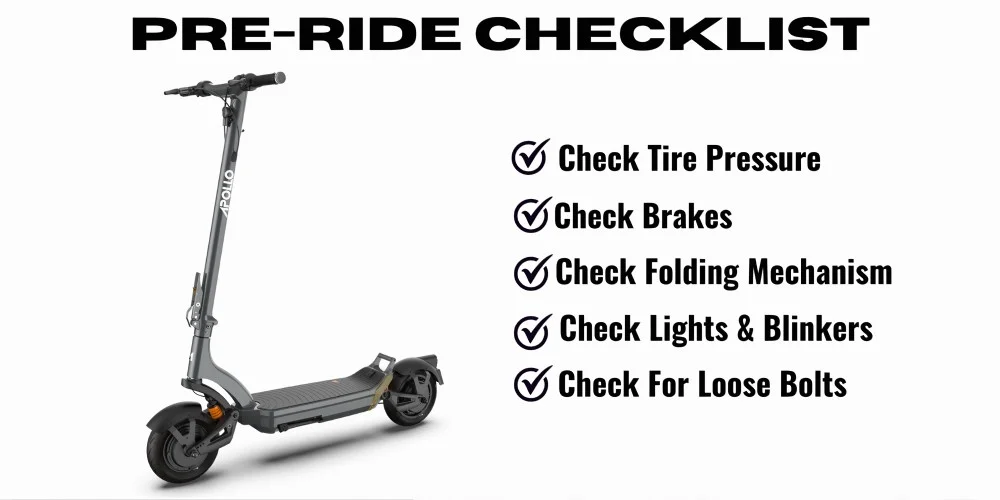
Always Do a Pre-Ride Check
Before riding your electric scooter for the first time, and every time after that, you need to perform a pre-ride check. This ensures everything is in order and safe for your ride.
First, check the tire pressure. Keep your tires inflated to the maximum recommended PSI for your specific tire. You can find the max rating on the tire’s sidewall. Keeping your tires properly inflated provides the best protection against flats. Many people complain about flat tires, but when asked how often they check their tire pressure, the answer is usually “never.” This is a big reason why they get flats.
Next, do a once-over of the scooter to ensure everything is tight. Check the folding mechanism to make sure it’s secure. Squeeze your brakes and ensure they are working correctly. Test your headlight, and if you have them, your taillights and blinkers. If anything seems loose, grab an Allen key and tighten it up. Riding generates a lot of vibrations, which can loosen components over time. Ensuring everything is tight before you ride is an essential safety step, especially if you plan on going 30-40mph. Every month or so, go over the entire scooter and tighten every nut and bolt to keep everything in tip-top shape.
Expert Tip:
Keep a small tool kit with you when you ride. It doesn’t have to be elaborate, just the basics like an Allen key, a small wrench, and a tire pressure gauge. I also keep a spare tube, wrench and tire inflator when I ride. This can save you a lot of headaches if something needs a quick adjustment while you’re out and about.
Practice Makes Perfect!
Now that you’ve got all your safety gear ready, you know how to stand on the scooter, and you’ve learned how to steer, brake, and accelerate safely, it’s time to put it all into practice. Remember, practice is key to becoming a confident and skilled electric scooter rider.
The only way to get better at riding is to get out there and ride as much as you can. Try using your scooter for short trips instead of driving. This will not only help you get comfortable with handling the scooter in different conditions but also build your confidence over time. The more miles you rack up, the more you’ll learn about your scooter and how it behaves in various situations.
But remember, don’t get too confident. Overconfidence can lead to accidents. Always respect your scooter and its limits. Push it too far, and it will push back. It’s a powerful machine, and knowing how to handle it safely is crucial.
Pro Tip: Find a safe, open area like an empty parking lot to practice your skills. Try different maneuvers like quick stops, sharp turns, and accelerating from a standstill. This controlled environment will help you build your skills without the pressure of traffic or pedestrians.
Keep riding, keep practicing, and most importantly, keep having fun! The more you ride, the more second nature it will become. Safe riding!
Are You Ready To See Some Reviews?
Now that you know how to ride an electric scooter its time to choose an electric scooter that fits your lifestyle. I've got reviews on small single motor scooters for beginners up to 40+mph electric scooters for more advanced riders. Check out some of my electric scooter reviews by clicking the button below.
Reviews
About The Author
Eric “Hobart” is the founder of Hobart’s Reviews, specializing in electric scooters, e-bikes, and accessories. With over 10,000 miles ridden and more than 20 models reviewed, Hobart brings firsthand experience and expert insights to his audience. Follow his comprehensive reviews on his YouTube channel and website for trusted advice and detailed evaluations.


